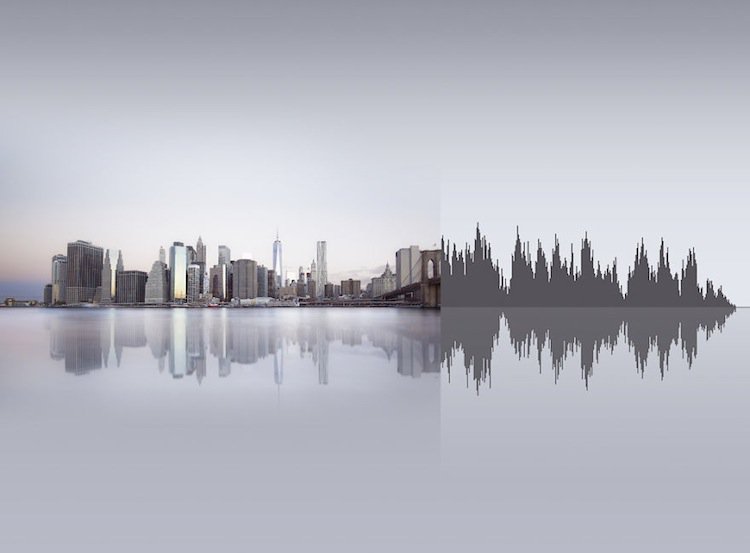How architecture shapes music arrangements

Today I’m sharing a topic that intrigued me the first time I read it. The initial thesis comes from an astonishing book I recently read called “How music works” by David Byrne. Before this book I never had the chance to think about a lot of music stuff in the way David explains them. If you’re into music or you want to be part of the industry you should read it accurately.

– D. Byrne, How Music Works, McSweeney’s, 2012 –
Between all the great points treated during the book, I’m driving the attention to one described at the begging: David believes that instruments and their arrangements in all music eras are shaped by the physics contexts. All the different music genres were written with the subconscious idea of were they would have been played once they were finished. Every kind of music suits perfectly a certain physical characteristics of a room, not just in terms of social situation, but also in terms of acoustics.

– Credits to Anna Marinenko’s Portfolio for the picture above and the header one –
For example, let’s think about jazz music. This genre is characterized by a very complex music sheet with incredible fast dynamics and variations of note lines. Image to play the same sheet with an organ, inside a majestic cathedral and with a long tail of reverb: the result would be something cacophonous, many notes would be summing with a timing that the composer didn’t expect at the time of writing. The author wrote that jazz score consciously or unconsciously knowing that his music would have been played inside small and dry rooms.
If we go back to the time of the great classical music, there are some pretty neat examples which are proving what David believes: ‘Festspielhaus’ is the amazing opera house built on a Wagner’s idea in Bayreuth. This is probably the highest peak in history to prove what we are saying. Wagner made sure to convey all his musical ideas into the physical characteristics of that place. He decided to make the space for the orchestra ensemble wider and he made a team build bigger versions of certain instruments. We can assume he was aware of the added value of playing the right sheet inside the correct acoustic room.

– the Festspielhaus, Bayreuth (DE) –
This theory would become more interesting if you try to debunk it. Let’s think about a totally different and opposite genre: electronic music. Before the invention of the subwoofer in 1960, if someone had thought about making techno music, they wouldn’t have the chance to reproduce it. In 1990 the diffusion of the subwoofer happened and the new frequencies reproducer ended up being used almost in every house. For the first time in history all the venues and clubs around the world were supplied with the new technology… isn’t that very period of time when electronic music started catching on the mainstream scene?
– Snarky Puppy at Royal Albert Hall, London (UK) 2019 –
If this article Voltaged you up, feel free to leave your comment and we’ll create here a sharing place where to discover and inspire each other with new tools and ideas.
A.M.
Il sito, nelle modalità di rilascio dei propri contenuti a sfondo informativo, non può considerarsi un prodotto editoriale ai sensi della legge n° 62 DEL 7.03.2001, come specificato nel Blog DIsclaimer







Comments
This post currently has no comments.